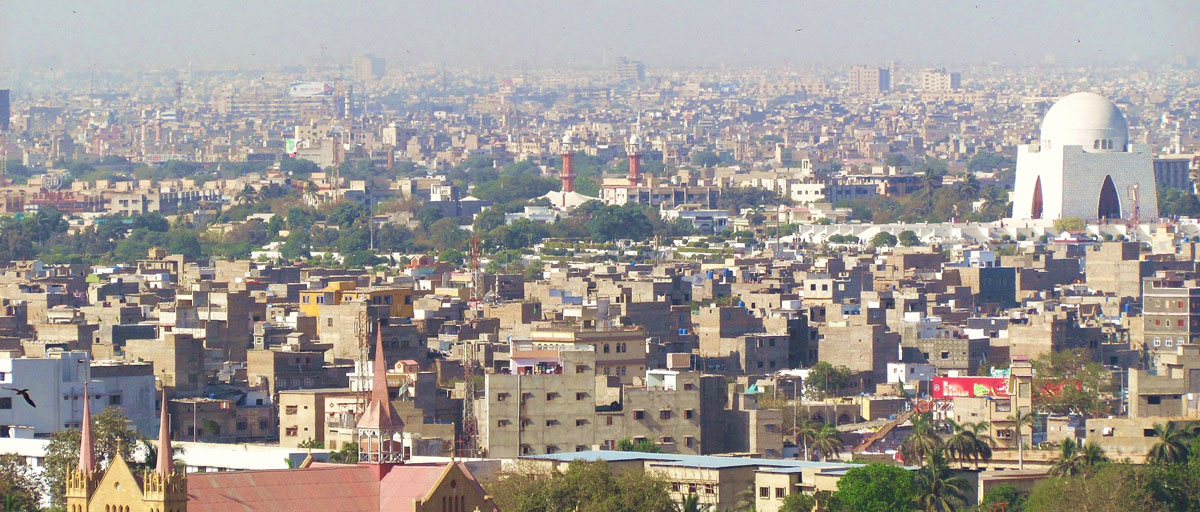Megacity precipitationsheds reveal tele-connected water security challenges
Summary
Urbanization is a global process that has taken billions of people from the rural countryside to concentrated urban centers, adding pressure to existing water resources. Many cities are specifically reliant on renewable freshwater regularly refilled by precipitation, rather than fossil groundwater or desalination. A precipitationshed can be considered the “watershed of the sky” and identifies the origin of precipitation falling in a given region. In this paper, we use this concept to determine the sources of precipitation that supply renewable water in the watersheds of the largest cities of the world. We quantify the sources of precipitation for 29 megacities and analyze their differences between dry and wet years. Our results reveal that 19 of 29 megacities depend for more than a third of their water supply on evaporation from land. We also show that for many of the megacities, the terrestrial dependence is higher in dry years. This high dependence on terrestrial evaporation for their precipitation exposes these cities to potential land-use change that could reduce the evaporation that generates precipitation. Combining indicators of water stress, moisture recycling exposure, economic capacity, vegetation-regulated evaporation, land-use change, and dry-season moisture recycling sensitivity reveals four highly vulnerable megacities (Karachi, Shanghai, Wuhan, and Chongqing). A further six megacities were found to have medium vulnerability with regard to their water supply. We conclude that understanding how upwind landscapes affect downwind municipal water resources could be a key component for understanding the complexity of urban water security.







